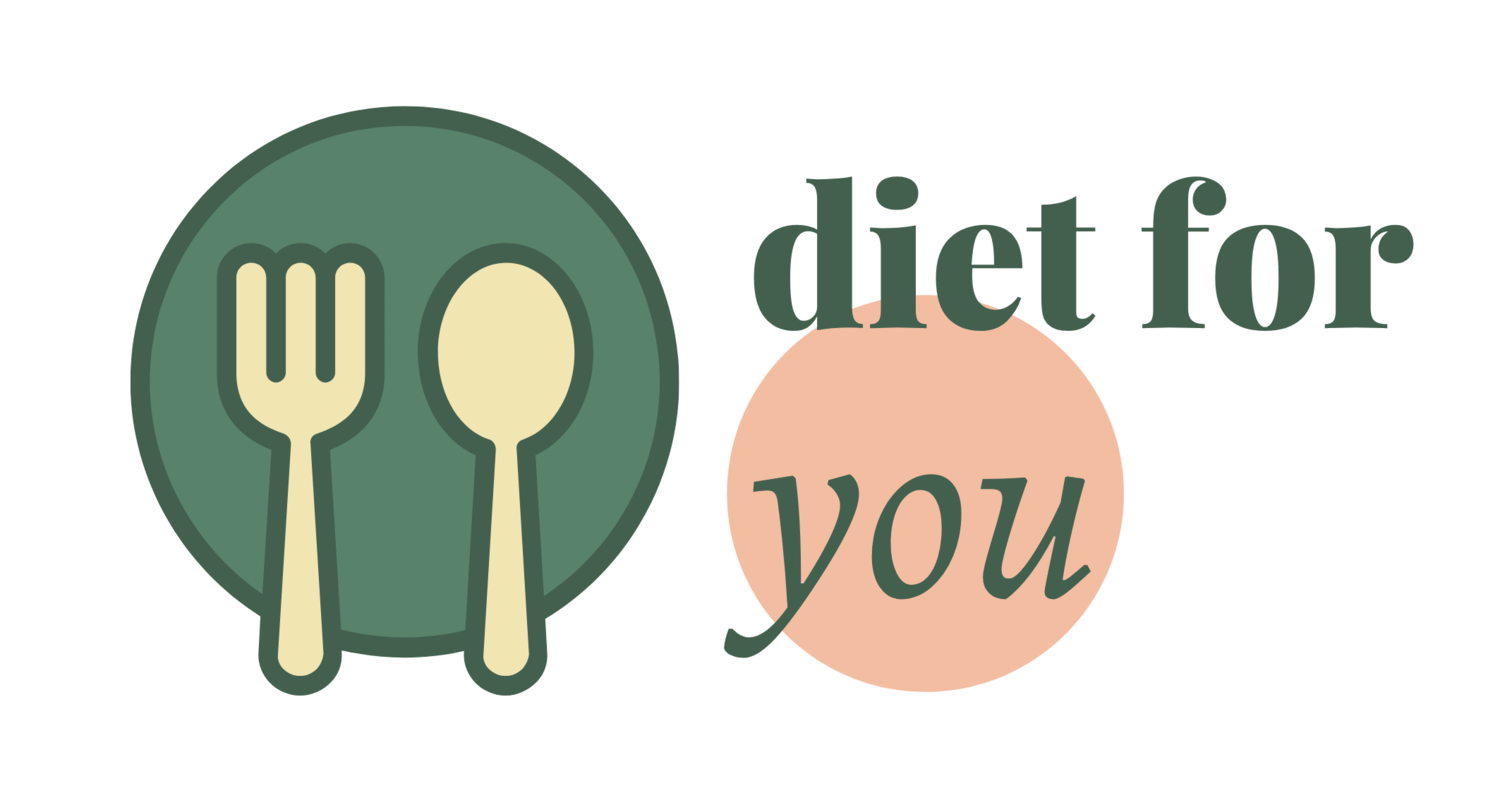What is the Mediterranean diet?
Pasta, red wine, fish, olive oil. What is it that makes a Mediterranean diet, Mediterranean? Whilst all these foods are involved, the true health benefits associated with this unique dietary pattern are steeped in their ancient roots.
Extremely low rates of heart disease in Greece is what initially sparked the interest of scientists, way back in the 1950’s. Since then, studies run all over the world have consistently shown benefits for heart health, diabetes risk, weight control, microbiome diversity, and slowed ageing. It’s no wonder that Mediterranean diets are talked about in terms of health. In fact, there is no dietary pattern that comes close to possessing the number of scientific studies, which have been performed over decades.
Aside from the clear benefits, the Mediterranean diet’s ability to satiate is what sets it apart. Nuts, seeds, olive oil and fish all contain healthy sources of fat. This fat in combination with plenty of natural fibre, provides a high degree of satisfaction. That’s a big reason why in scientific studies using a Mediterranean diet, participant dropout rates as so low compared to studies using other diets. Put simply, most people find it highly sustainable.
So what exactly does the Mediterranean diet involve? As mentioned already, it’s the ancient form of the diet where most of the research has been conducted. Here are some of the key aspects of this ancient dietary pattern:
Rich in fruits and vegetables. No surprises here! Vegetables would provide the bulk of most meals, and fresh fruit would be consumed daily.
Nuts and seeds. This would be a daily staple of the diet. Almonds or walnuts were common varieties.
Pulses. This was a major source of protein and used in many meals across the week. Examples are cannellini beans and kidney beans. Think minestrone soup!
Fish. But only in small amounts. In fact the total amount of animal meat consumed was approximately 70-100g, only 2-3 times a week.
Olive oil. This was the main oil used for cooking, and dressing salads (along with vinegar).
Dairy in moderation. Mostly fermented varieties such as yoghurt and cheese.Wholegrains. Traditional sourdough bread (whole wheat) and barley added even more fibre.
As a dietitian in Adelaide, I’ve seed first-hand the health benefits of this way of eating. Not only do I use it as a guide for my own diet, but I recommend it as a starting point for many of my clients. But remember, there is no perfect way of eating for everyone. Always keep an open mind to variations that suit your own individual preferences.

